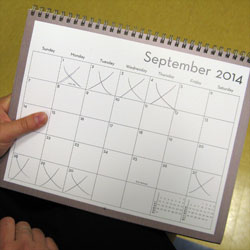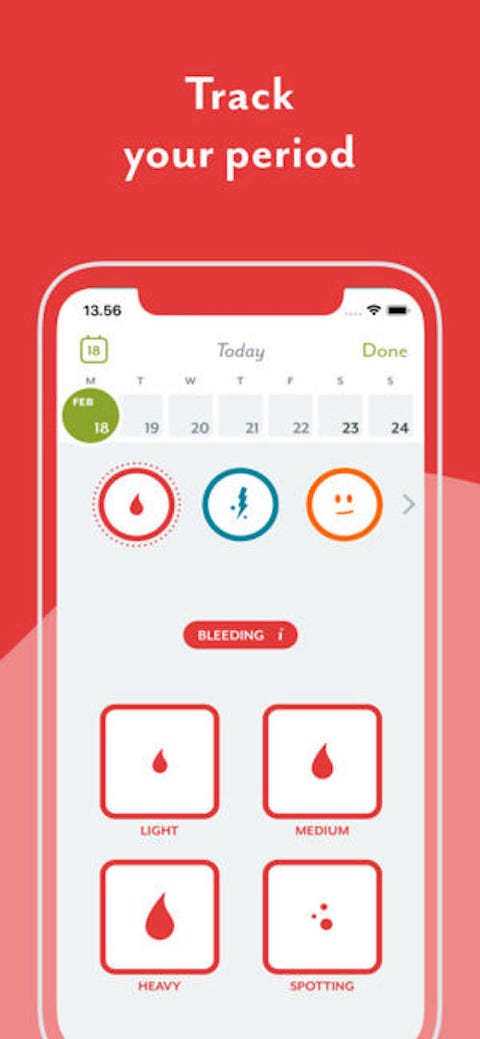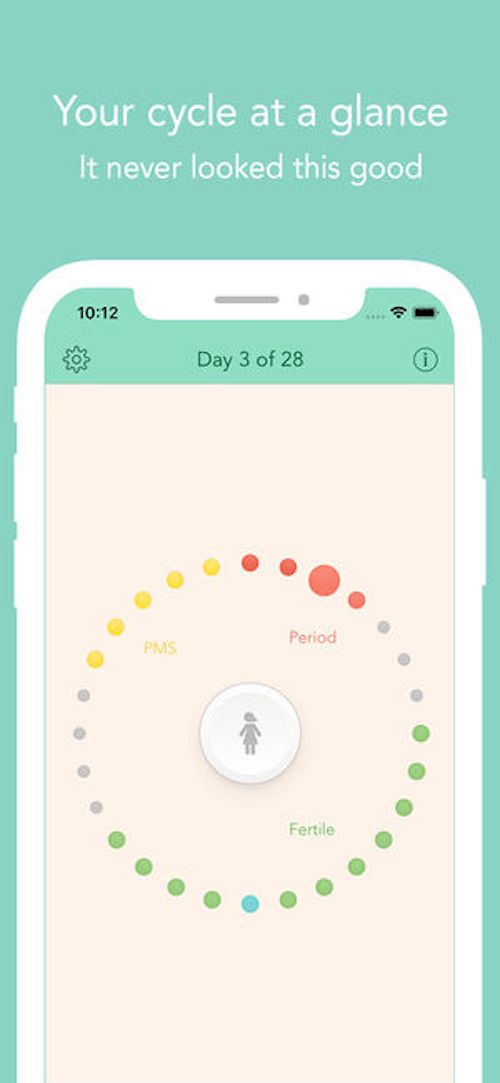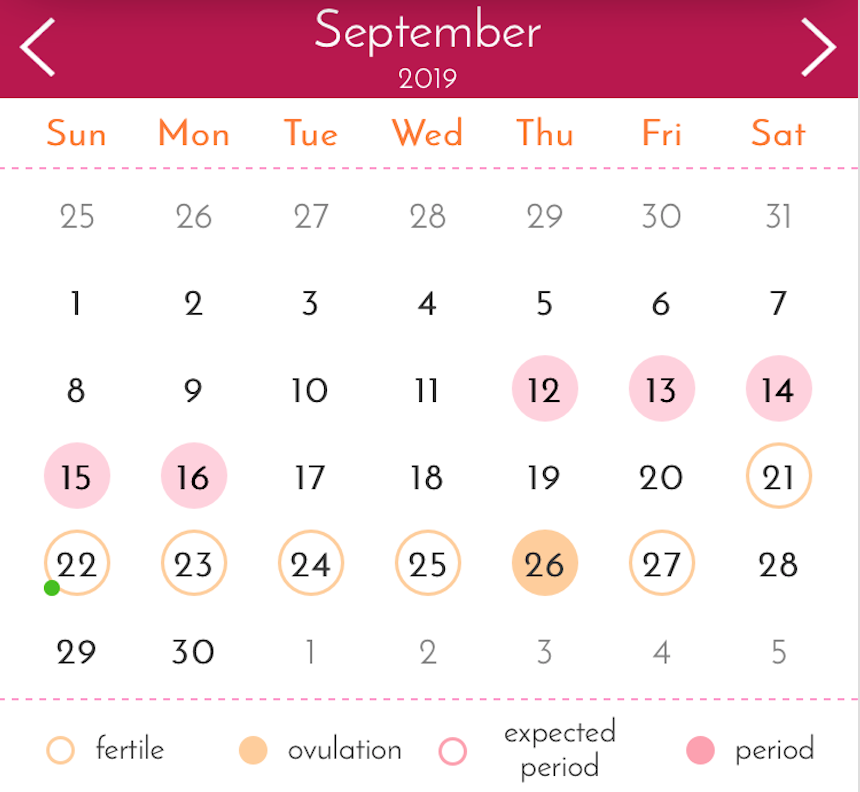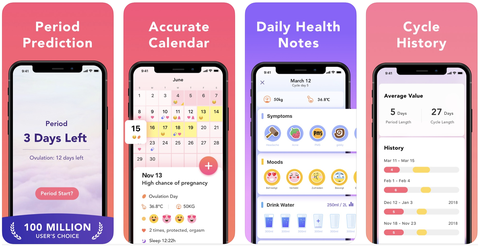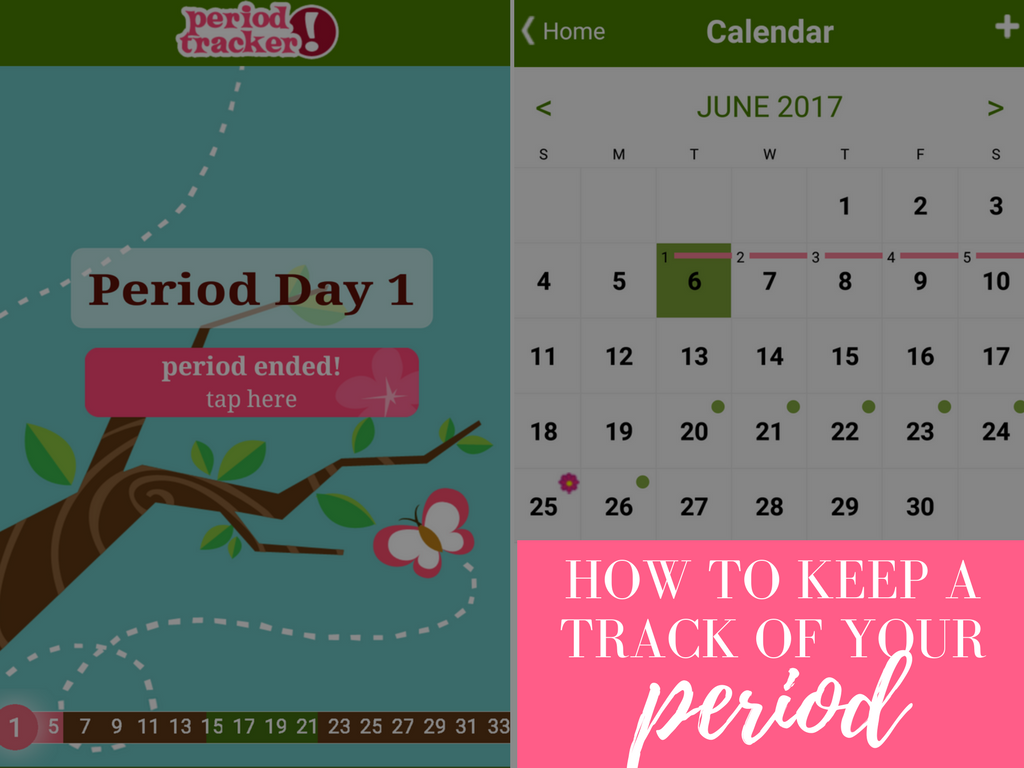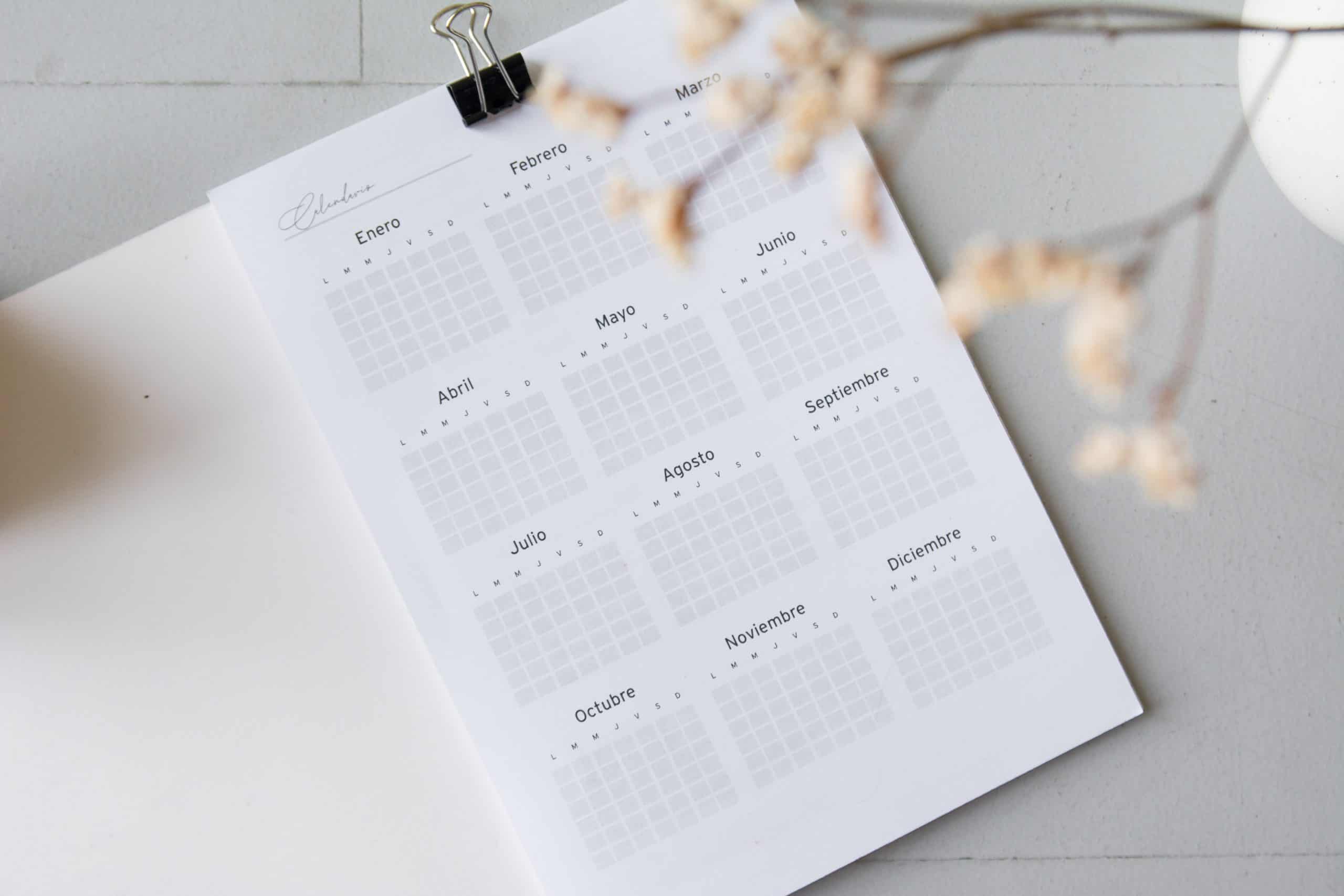Can’t-Miss Takeaways Of Info About How To Keep Track Of Your Cycle
Tracking your monthly cycle can aid in conception.
How to keep track of your cycle. Yes, that means keeping a thermometer by your bedside. You can keep track of your menstrual cycle by marking the day you start your period on a calendar. But it’s not that simple.
If youre using the sheet to track ovulation and fertility, leave room to note your temperature and body fluids, as well. Using a calendar to track ovulation is less helpful if you have irregular periods that vary from one month to the next. A woman is most fertile and hence most likely to become pregnant during the three days preceding and including ovulation.
This phase ends when your period begins (the start of a new cycle) 🩸 towards the end of this phase, you may experience pms symptoms 🙃 there are plenty of trackers for pain and mood in. You need to make sure whatever type of calendar you are using has enough space for you to make notes. On the other hand, if you have very regular cycles (meaning no.
Quickly see months ahead with the scrolling. Ovulation prediction kits (opks) opks monitor the. It relies on the standard days method, which is a simplified version of the.
After a few months, you can begin to see if your periods are regular or if. The average menstrual cycle is 28 days, which means the average time between periods for most girls is 28 days. Starting at day one of your cycle, you'll simply slide the beads clockwise as the month progresses.
You should keep track of your menstrual cycle to. A quick tap allows you to keep track of changes throughout your cycle. By taking your basal temperature daily, tracking your menstrual cycle and making notes of how your body physically feels each day, you can, with time, see patterns that can help you better.



